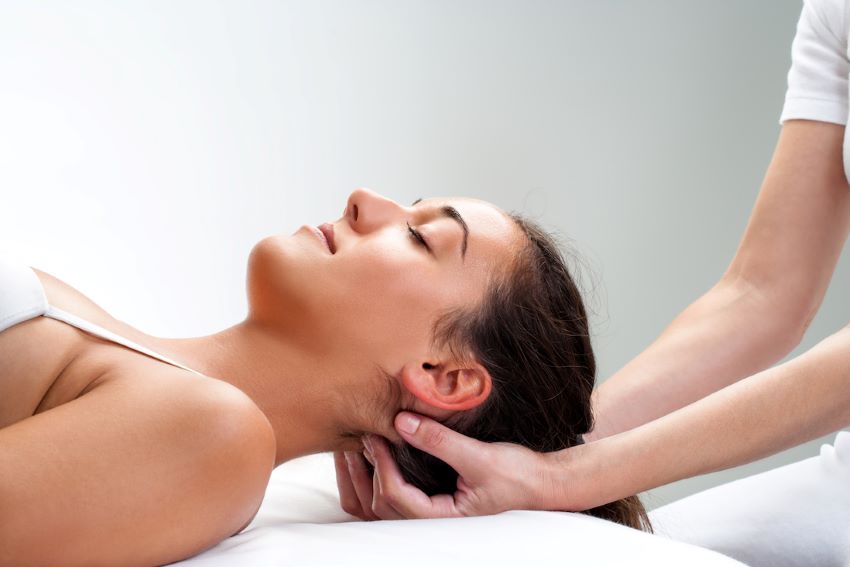
What is CranioSacral Therapy (CST)?
CranioSacral Therapy (CST) was pioneered and developed by osteopathic physician John E. Upledger following extensive scientific studies from 1975 to 1983 at Michigan State University, where he served as a clinical researcher and Professor of Biomechanics.
CranioSacral Therapy (CST) is a gentle, hands-on method of evaluating and enhancing the functioning of a physiological body system called the CranioSacral system - comprised of the membranes and cerebrospinal fluid that surround and protect the brain and spinal cord. Using a soft touch generally no greater than 5 grams, or about the weight of a nickel, practitioners release restrictions in the CranioSacral system, which has been shown to improve the functioning of the central nervous system, as well as many other systems of the body, such as digestive, musculoskeletal, respiratory, circulatory, and more. CST has also been shown to help with the physical components related to such somatic conditions as Post Traumatic Stress, depression and anxiety.
By facilitating the body's natural and innate healing processes, CST is increasingly used as a preventive health measure for its ability to bolster resistance to disease, and has been shown to be beneficial for people seeking help with a wide range of healthcare challenges and symptoms including:
- Migraines, Headaches
- Chronic Pain
- Motor-Coordination Impairments
- Central Nervous System Disorders
- Orthopedic Problems
- Concussions and an Integrative Approach
- Alzheimer's
- Spinal Cord Injuries
- Scoliosis
- Conception, Birth
- Pediatric Challenges
- Learning Differences, ADD, ADHD
- Autism and Sensory Processing
- Chronic Fatigue
- Emotional Difficulties, Depression
- Stress and Tension-Related Problems
- Fibromyalgia and other Connective-Tissue Disorders
- Temporomandibular Joint Syndrome (TMJ)
- Immune Disorders
- Post-Traumatic Stress Disorder
- Post-Surgical Dysfunction
- Sleep Challenges
How is CST Performed?
A typical CranioSacral Therapy session takes place in a quiet setting. You remain fully clothed as you relax on a comfortable padded table, or in a seated position. Trough touch, your therapist begins monitoring the rhythm of the fluid that is flowing around your central nervous system. Delicate manual techniques are then used to release restrictions in your body and head thus improving the function of your central nervous system. The sessions are generally deeply relaxing, creating feelings of warmth or gentle pulsing in the areas the therapist is working. *Prefer comfortable clothing, no jean.
Is CranioSacral therapy right for everyone?
CST can benefit almost everyone. With a few conditions, however, CranioSacral therapy may not be appropriate and you’ll need to talk with your CST practitioner and physician.
Your session needs to wait if you have experienced any of the following and have NOT been released for treatment by your physician:
- Recent concussion.
- Cerebral swelling.
- Structural defects in the cerebellum such as Arnold-Chiari malformation.
- Brain aneurysm.
- Traumatic brain injury.
- Blood clots.
- Any disorder that causes instability of cerebral fluid pressure, flow or build-up.
"Many people have a belief that life is difficult and healing is painful. CranioSacral Therapy helps them let go of that belief. The healing process can be much more gentle and subtle." - S. Hollier, PT


